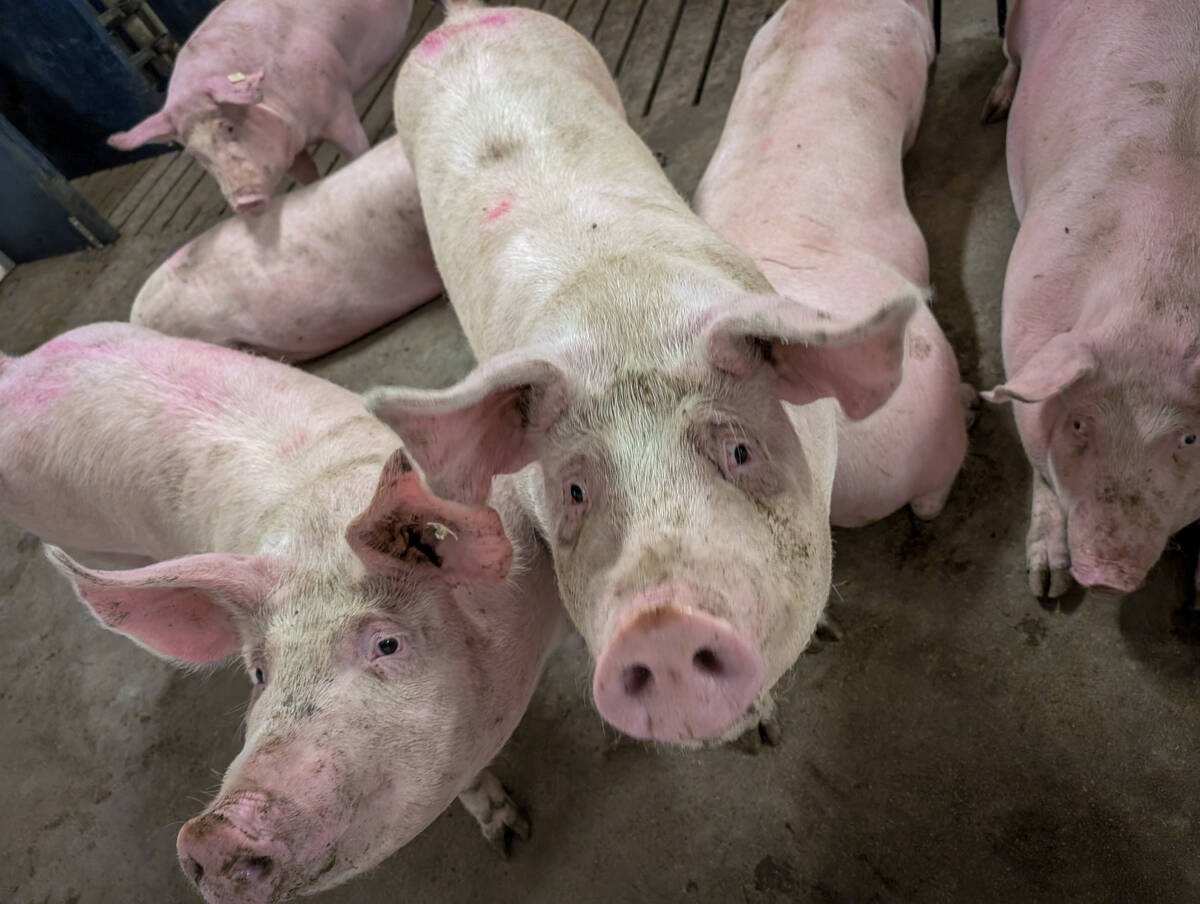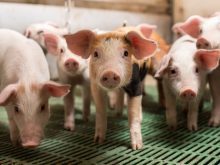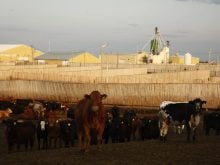RED DEER, Alta. – Recognizing the cultural needs of Muslims has improved beef sales.
Sold under the Al Safa brand in five provinces and 15 states, 10 different halal products are available.
“These are all Canadian products that are exported to the U.S.,” said Kathy Keeler of the Beef Information Centre.
Keeler is responsible for new product development at the centre. There was a proposal to wind down the new product side but the board of directors has decided to continue the program.
The centre has set aside money and received an extra $1 million from the beef industry development fund to work with the Leduc, Alta., food processing centre on new products.
Read Also

Pork sector targets sustainability
Manitoba Pork has a new guiding document, entitled Building a Sustainable Future, outlining its sustainability goals for the years to come.
This partnership merges marketing and technical expertise of the two groups.
The goal is to create five new products that will use an additional 500,000 pounds of beef, Keeler told the semi-annual meeting of the Alberta Cattle Commission.
The newest idea is rotisserie roast beef destined for retail and food service outlets.
It will be sold the same way as rotisserie chicken at a deli counter. Three companies are working on its development.
Another program is the renaming of beef cuts at the retail counter. More than 80 percent of beef cuts sold in grocery stores carry the new labels that identify the cut according to its cooking method.
“We set a goal last year of 50 percent so we have far exceeded that,” said Glenn Brand of BIC.
Research shows people are buying a wider range of cuts because the labels contain cooking instructions. Increases in sales have been primarily on hips and chucks from the front of the animal.
“Those tended to be the cuts that people were less familiar with because they don’t see them with great frequency on restaurant menus and they also tend to be sold more frequently as roasts,” he said.
There has been a three percent increase in the tonnage of beef sales since 1997.
“It may not seem very significant but if you look at the dollar value on that tonnage, it is up over 20 percent with less than a four-cent-per-kilogram price increase,” said Brand. The extra value comes from people buying more steaks and less hamburger.
“The more of the carcass that we can move as whole muscle cuts, the more profitable we are going to be.”
The cooking label idea is taking hold in the United States. It has been adopted by two American chains – Kroger’s, which owns 2,300 stores and sells $2.58 billion worth of beef annually – and Safeway with 900 stores in the western U.S. and $1.68 billion in beef sales.















